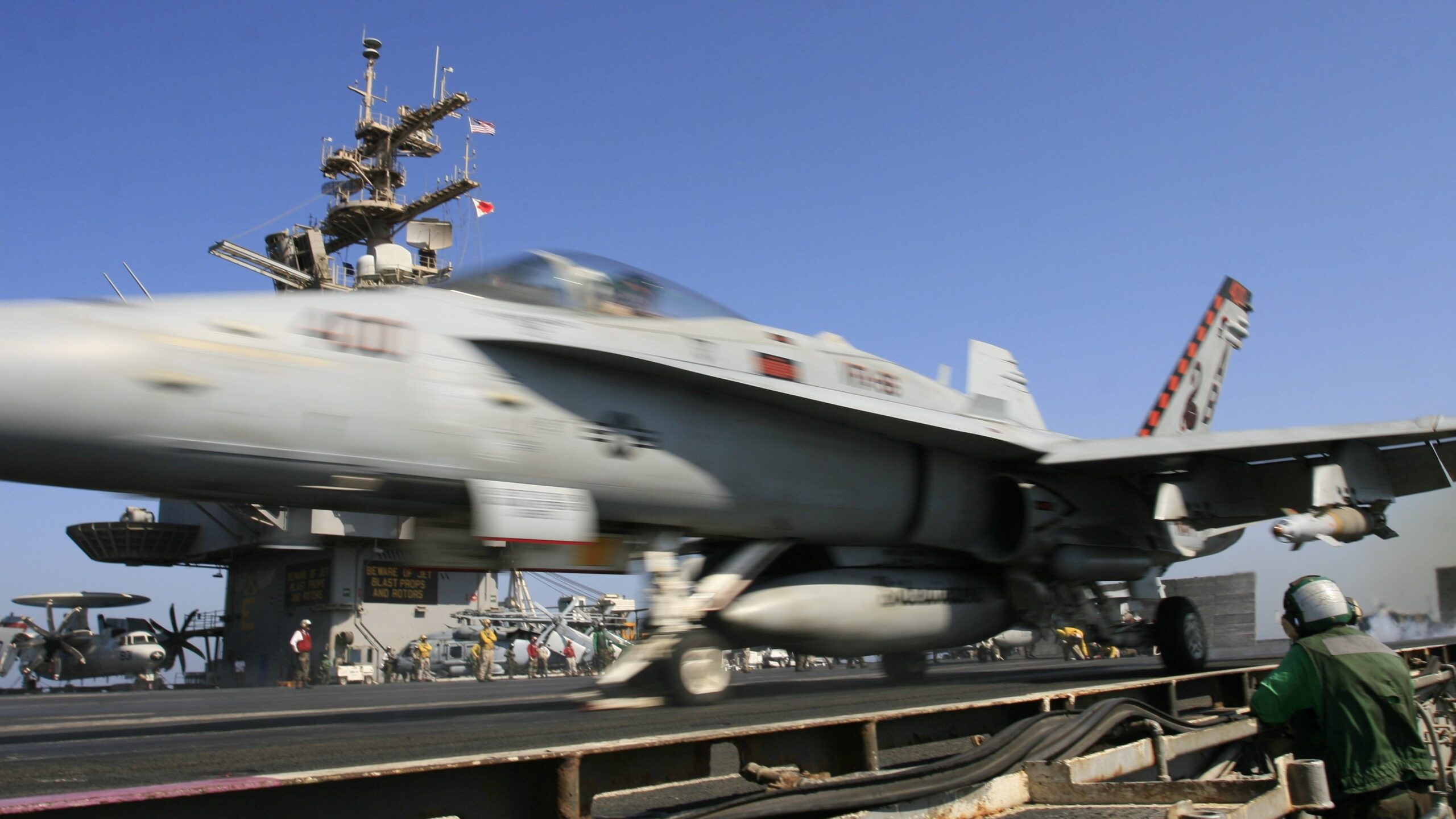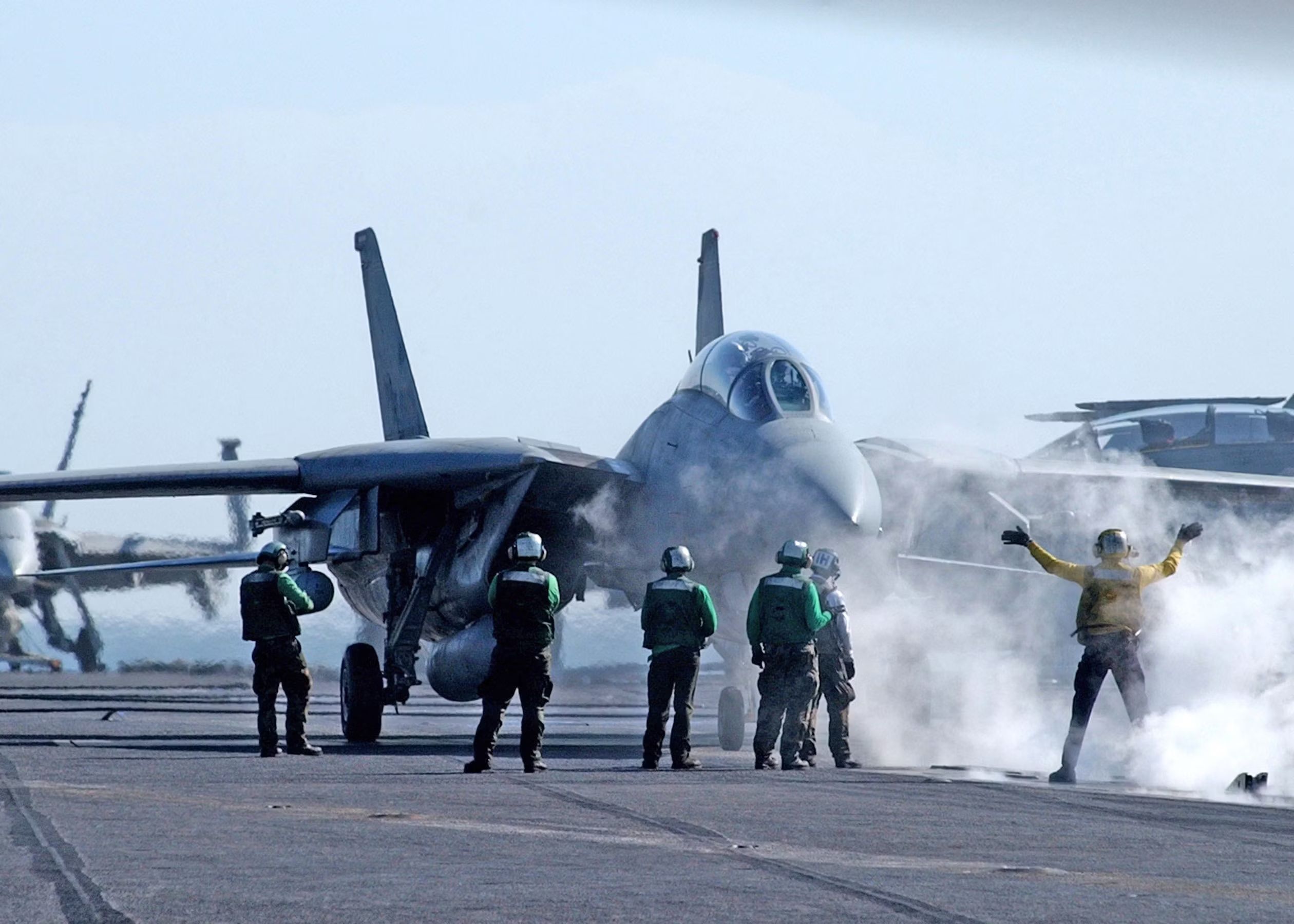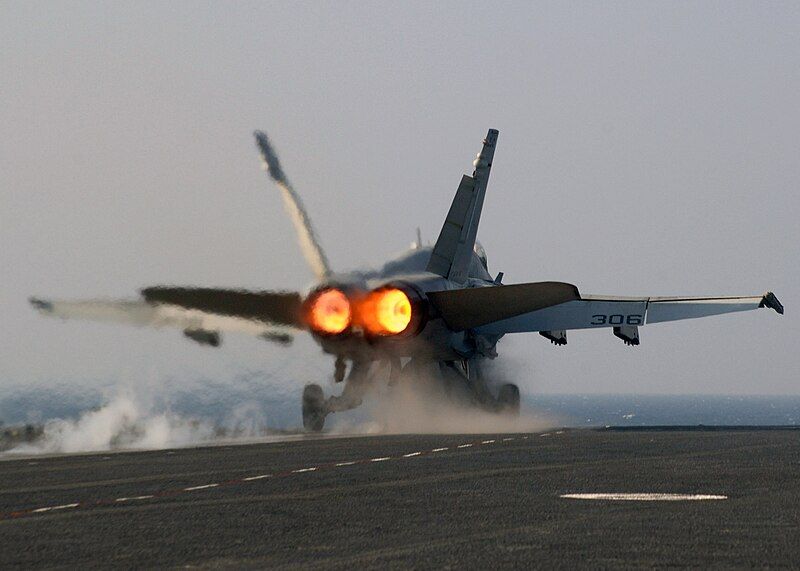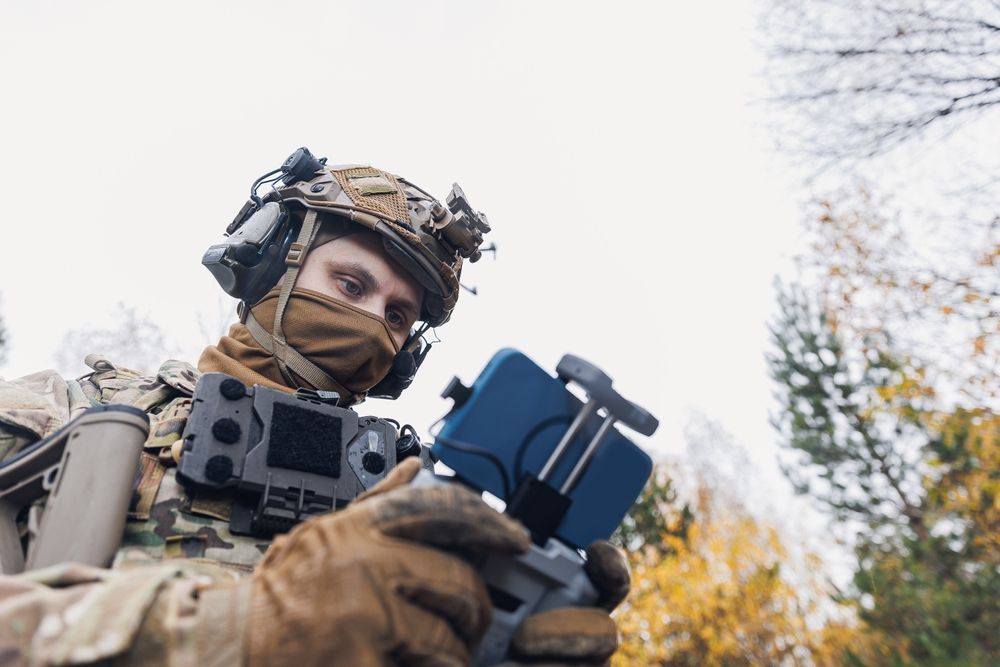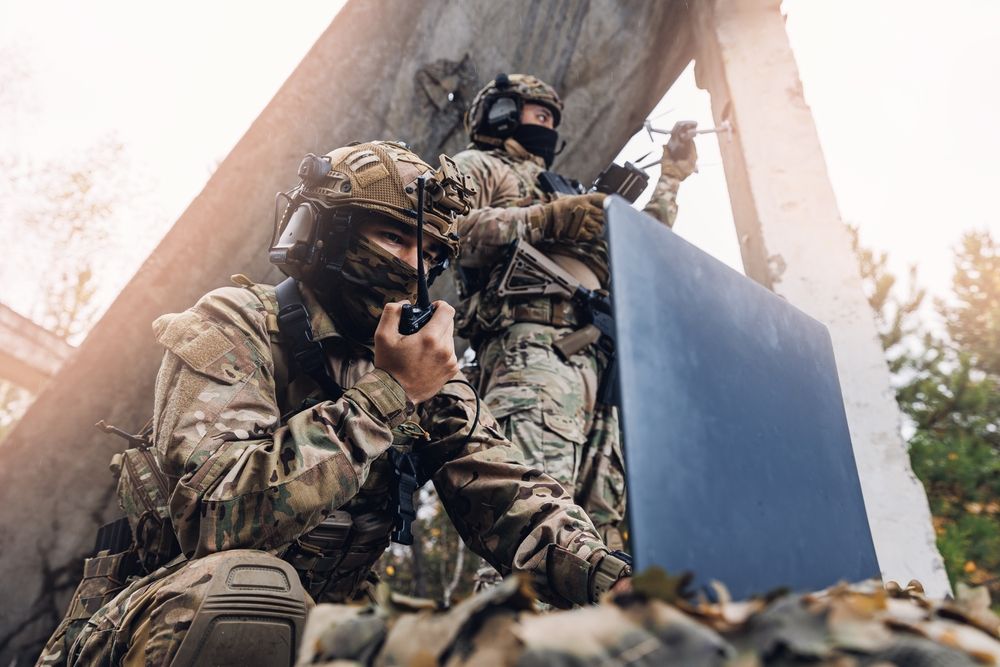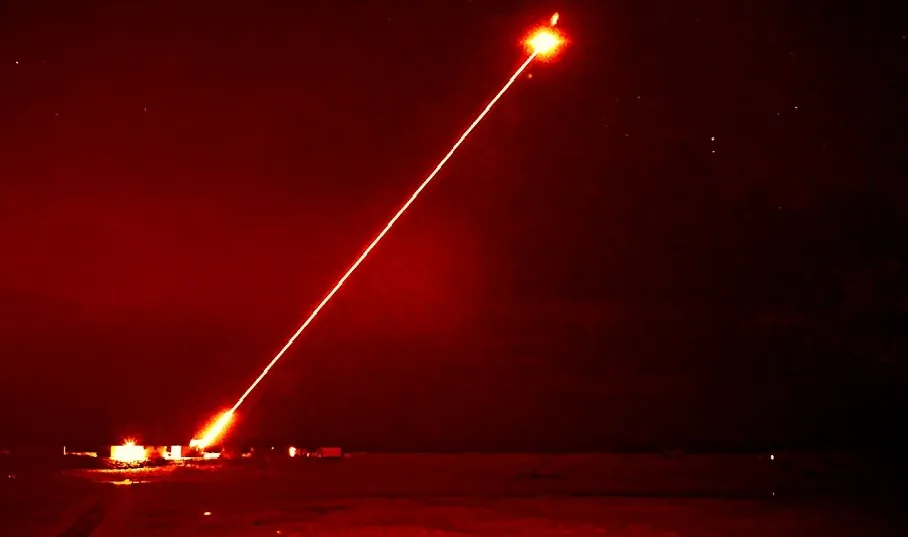Summary
- Months of Red Sea drone incidents have disrupted global shipping, resulting in multiple sinking claims.
- The US Navy seeks cost-effective solutions to counter drones to avoid imbalanced expenses.
- The future of battlefield drones is uncertain as technologies evolve, leading to rapid development of countermeasures.
The US has issued a new Area of Interest (AOI) to find proposals to counter the use of drones. The US and its Allies have been fighting Houthi drones and missiles in the Red Sea for months now. Houthi drones used are often cheap while being expensive to destroy and are posing a real problem for the Navy to counter effectively. Military drones come in many shapes and sizes and are changing how war is fought (e.g., the Navy is developing the advanced MQ-25 Stingray drone for aerial refueling operations).
Months of Red Sea drone inceptions
The aging Nimitz-class supercarrier, the USS Dwight D. Eisenhower (aka Ike), has been patrolling the Red Sea for months, countering Houthi threats to merchant shipping. The Houthis have made the outlandish claims of hitting and even sinking the mighty ship multiple times, only for the commander to tweet images of the crew enjoying Taco Tuesday or other more leisurely activities on the ship.
Photo: United States Navy
In addition to intercepting missiles and drones, the US and UK have launched airstrikes on Houthi targets in Yemen. Despite Ike’s (and other US and Allied navy ships) best efforts, the Houthis have been successful in disrupting international shipping in the straits.
The Navy states that over the last eight months, unmanned aerial systems (aka drones) have directly resulted in the deaths of three merchant seafarers, the complete loss of one commercial vessel, a 900% increase in war-risk shipping insurance premiums, and a 50% reduction in year-over-year trade volume for one of these key waterways. This has resulted in a 9% reduction in effective global shipping capacity and increased global shipping costs.
The Red Sea crisis has been ongoing since October 19, 2023. The Houthis in northern Yemen have been attempting to put pressure on Israel by inflicting pain on global shipping as it moves through the vital Red Sea choke point. In all, they have attacked over 60 vessels in the Red Sea and forced many merchant ships to detour and take the much longer route around the Cape of Good Hope in South Africa.
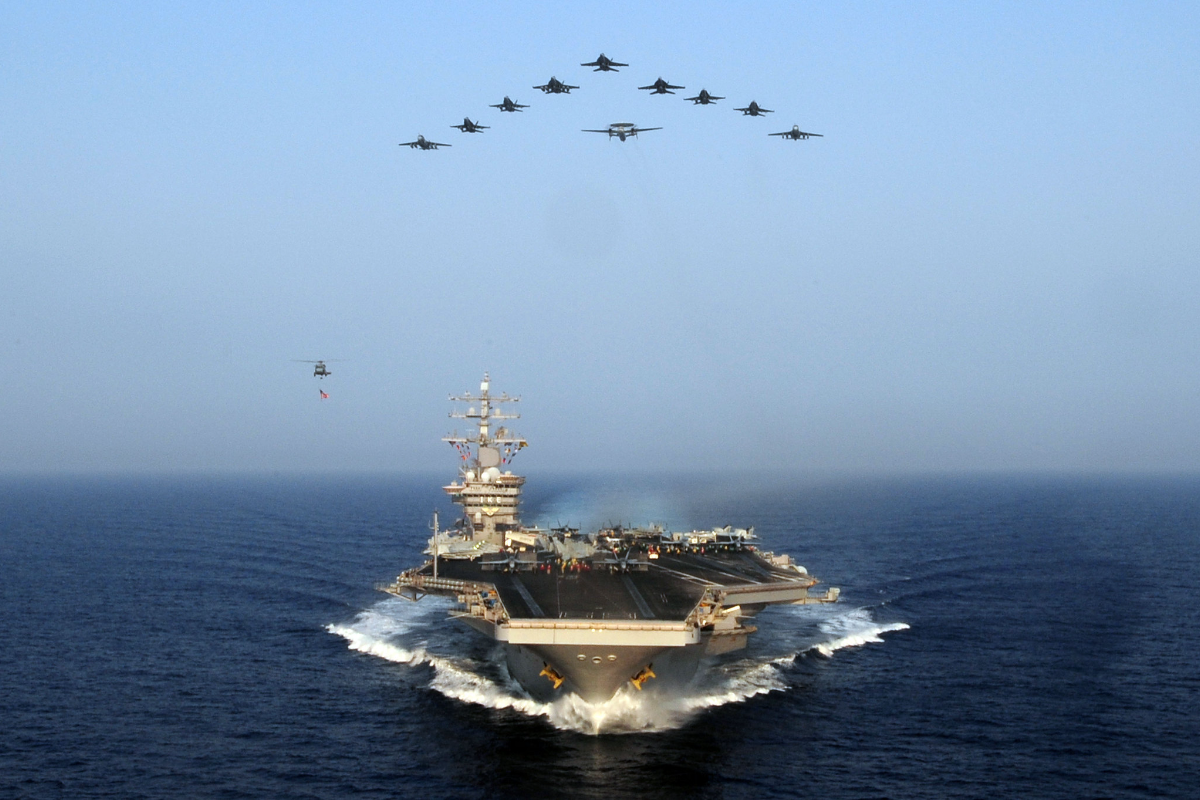
Related
Houthis Target Aircraft Carrier Eisenhower For 2nd Time In 24-Hours
Fake news spread online following Houthi claims of attacking the USS Eisenhower and other ships in the area.
US Navy Area of Interest countering drones
The US Navy states, “The growing threat of adversarial unmanned aircraft systems (UAS) poses significant risks to U.S., allied and partner forces, naval vessels, and commercial vessels transiting key maritime routes across the globe.”
The service goes on to state that the Navy “seeks a kinetic defeat solution for group 3+ UAS” and qualifies that the proposed solution “must demonstrate a high probability of kinetic defeat [on the drone].” Crucially, the Navy says the countermeasure needs to be more cost-effective than the current traditional air defense solutions used by the Navy. Group 3+ drones are medium-sized drones with a maximum weight below 1,320 lbs.
In no war is it sustainable to keep using missiles costing tens or hundreds (or even millions) of dollars to shoot down drones that cost hundreds or low thousands of dollars.
Naturally, the Navy needs to use the solution on its ships, so it says, “It is expected that the solutions will be capable of expeditious worldwide deployment, integrated with a variety of naval platforms and must display the ability to be easily integrated into the existing sensors onboard a naval vessel.”
Photo: Parilov l Shutterstock
The initiative plans to sidestep the long development and acquisition timelines that plague many military projects. Responses to the Area of Interest are due June 28, and offerors should be able to demonstrate their ability to deliver as many as five production representative prototypes within 12 months of the award. In peacetime, militaries are infamously slow to change, but nothing makes organizations more eager to adapt quickly than when they are being shot at.
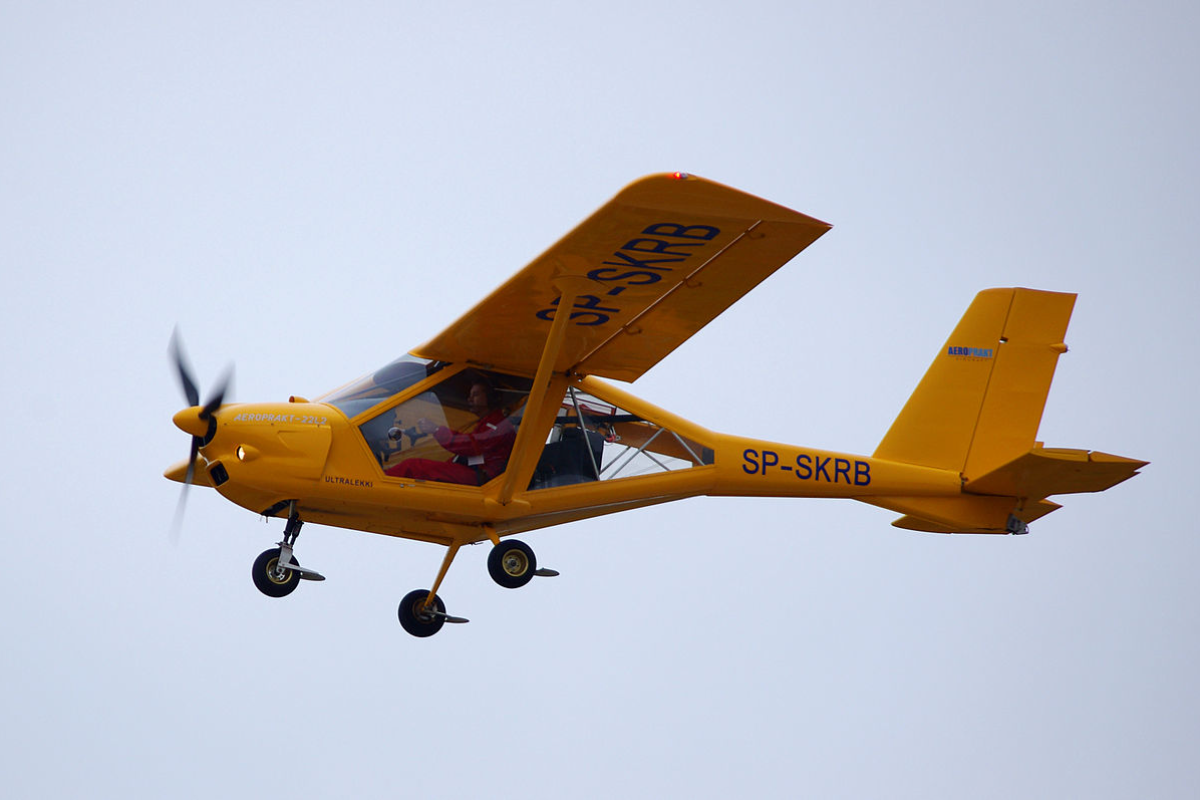
Related
Ukrainian Air Force Gets Creative In Tackling Russia Threat
Ukraine’s new drones have once again broken their record and struck a Russian refinery almost as far as the Urals.
A flash in the pan?
The use of drones has proliferated on the battlefield – especially since the Full-Scale Russian Invasion of Ukraine. In that war, the use of drones has been transformative – Ukraine has just set up a new “drone service” branch of the military dedicated to unmanned systems.
Photo: Parilov l Shutterstock
The massive increase in drones is forcing countries to adapt rapidly. While drones have been revolutionary, it is unclear how long the revolution will last. New technologies are developed all the time in war. While a new technology can make a large splash when it first enters the fray, it normally doesn’t take long for the opposing side to effectively counter it. This can force the new technology into a niche role or even into obsolescence. Time will tell what the story of small drones on the battlefield will be.
”The life of impunity of small, very simple drones over the battlefield is a snapshot in time, Right now it’s being exploited, that’s clear, and we have to protect ourselves. Today, the sword, in the sense of the aerial drone, is powerful, more powerful than the shield. The shield is going to grow.” – General Pierre Schill
According to reporting by Defense News, the French Army Chief of Staff General Pierre Schill, the future of small aerial drones on battlefields is likely to prove fleeting. According to him, what is being seen in Ukraine is but a “moment in history,” and already, 75% of drones in Ukraine are lost to electronic warfare. At the same time, more and more countermeasures are being developed at a lightning pace.
Drones are being countered by a menagerie of countermeasures extending far beyond electronic warfare. They are being countered by shotguns, cannons, missiles, lasers, and even other drones engaging in air-to-air dogfight-like combat.
Photo: UK Ministry of Defense
While the US military is building many small drones (such as the Switchblade series of drones), it is looking forward to the future war. The peer-on-peer war of the future will be fought with advanced drones partially replacing manned aircraft. One of the key areas of development is the Collaborative Combat Aircraft (CCA), also known as loyal wingman drones. These are planned to complement the manned NGAD 6th-generation fighter jet when it enters service.

